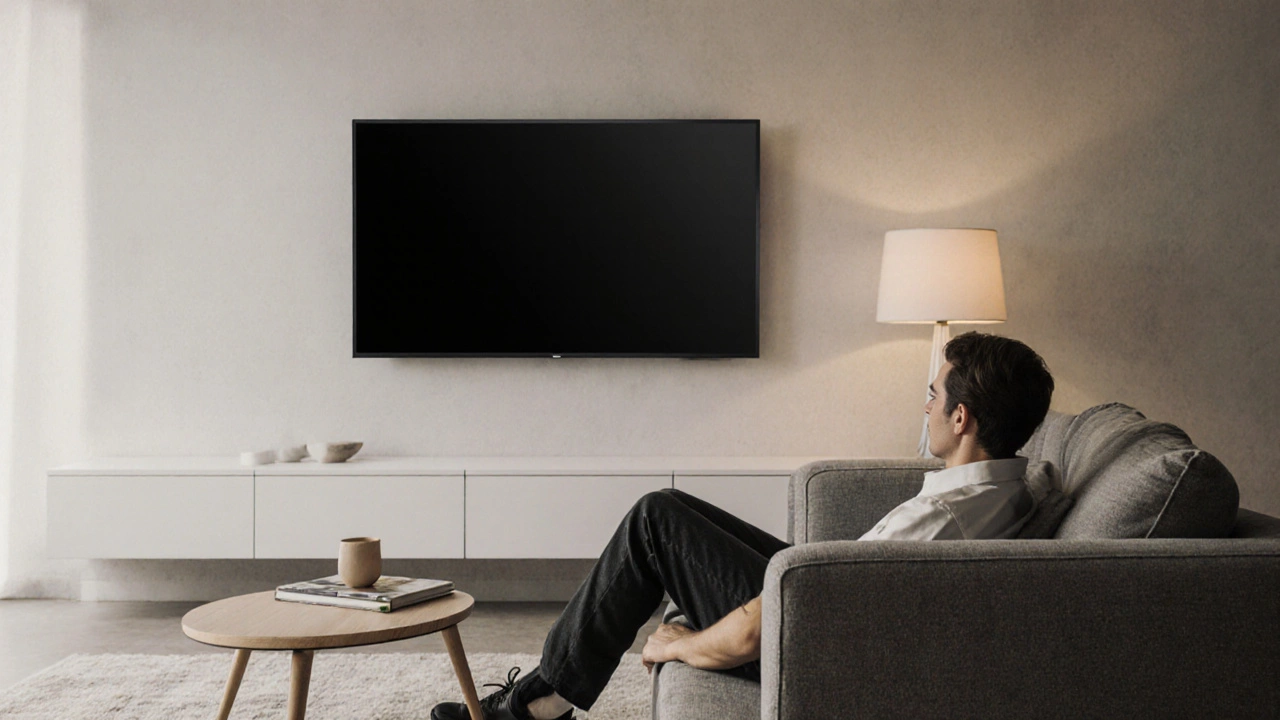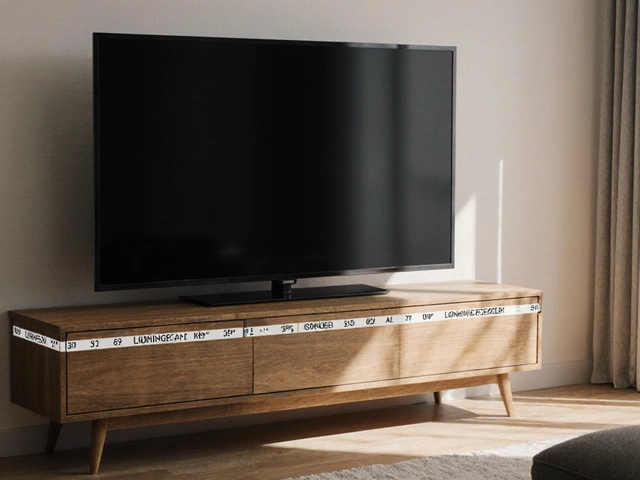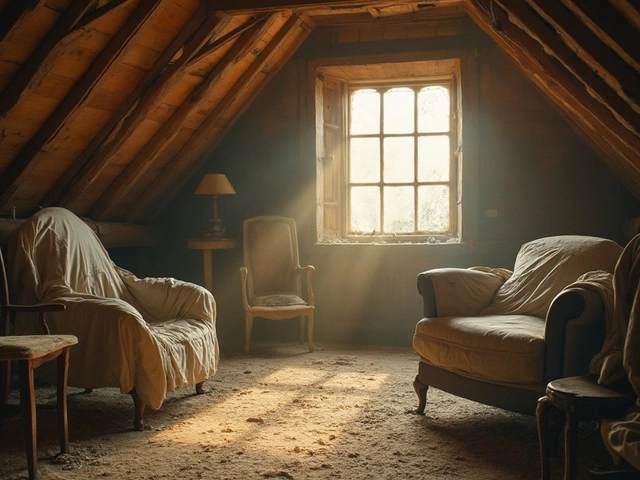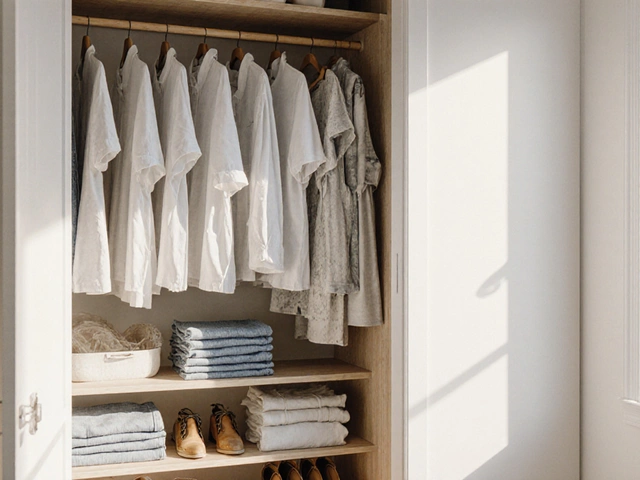TV Mounting Height Calculator
TV Mounting Calculator
Calculate the optimal height to mount your TV above a coffee table for comfortable viewing. The center of the screen should be at eye level when seated.
Optimal Mounting Height
Mounting Height from Floor: inches
Distance to Coffee Table: inches
Recommended Range: 8-10 inches above coffee table
There’s a good chance you’ve sat on your couch, craned your neck upward, and thought: why does this TV feel like it’s staring down at me? It’s not just your imagination. Hanging a TV too high above a coffee table ruins the viewing experience-and it’s way more common than you think.
Most people assume the TV should sit right above the table, like a painting. But that’s where things go wrong. A coffee table is typically 16 to 18 inches tall. If you mount the TV so the bottom of the screen sits just above that, you’re forcing your eyes to look up 20 to 30 degrees. That’s not relaxing. That’s neck strain waiting to happen.
What’s the Right Height for a TV Above a Coffee Table?
The goal isn’t to line up the TV with the table. It’s to line it up with your eyes when you’re sitting down. Experts recommend the center of the screen should be at eye level when you’re seated on your sofa. For most people, that’s about 40 to 42 inches off the floor.
Let’s break that down with real numbers. If your sofa seat is 18 inches high (standard for most modern sofas), and your eyes are roughly 22 inches above the seat when you’re relaxed, that puts your eye level at 40 inches. So the center of your TV should sit at 40 inches. That means the bottom of a 55-inch TV (which is about 27 inches tall) should be mounted at 26.5 inches above the floor. That’s just 8 to 10 inches above a typical coffee table.
That’s it. Not 12 inches. Not 18. Eight to ten. Anything higher and you’re forcing your head into an awkward tilt.
Why You Shouldn’t Just Mount It Above the Table
Mounting the TV directly above the coffee table is a design trap. It looks neat in a showroom. But showrooms don’t have people sitting on couches all day. Real life does.
Think about it: when you’re watching TV, you’re not looking at the bottom of the screen. You’re watching the middle. That’s where the action is. If the center of the screen is above eye level, your neck muscles have to work harder. Over time, that leads to tension headaches, stiff shoulders, and even posture issues.
And don’t forget glare. A TV mounted too high catches more light from windows and lamps. You end up squinting, adjusting brightness, or pulling the blinds shut. That’s not a lifestyle. That’s a compromise.
How to Measure the Perfect Height
Here’s how to get it right without guesswork:
- Grab a tape measure and sit on your sofa in your usual watching position.
- Have someone measure from the floor to the center of your eyes. That’s your target height.
- Check your TV’s dimensions. Most 55-inch models are 27 inches tall. A 65-inch is around 32 inches.
- Divide the screen height by two, then subtract that from your eye level. That gives you the distance from the floor to the bottom of the TV.
Example: Eye level = 40 inches. TV height = 27 inches. Half of 27 = 13.5. 40 - 13.5 = 26.5 inches. Mount the bottom of the TV at 26.5 inches from the floor.
Write that number down. Tape it to the wall. Stick a piece of painter’s tape there. That’s your mark.
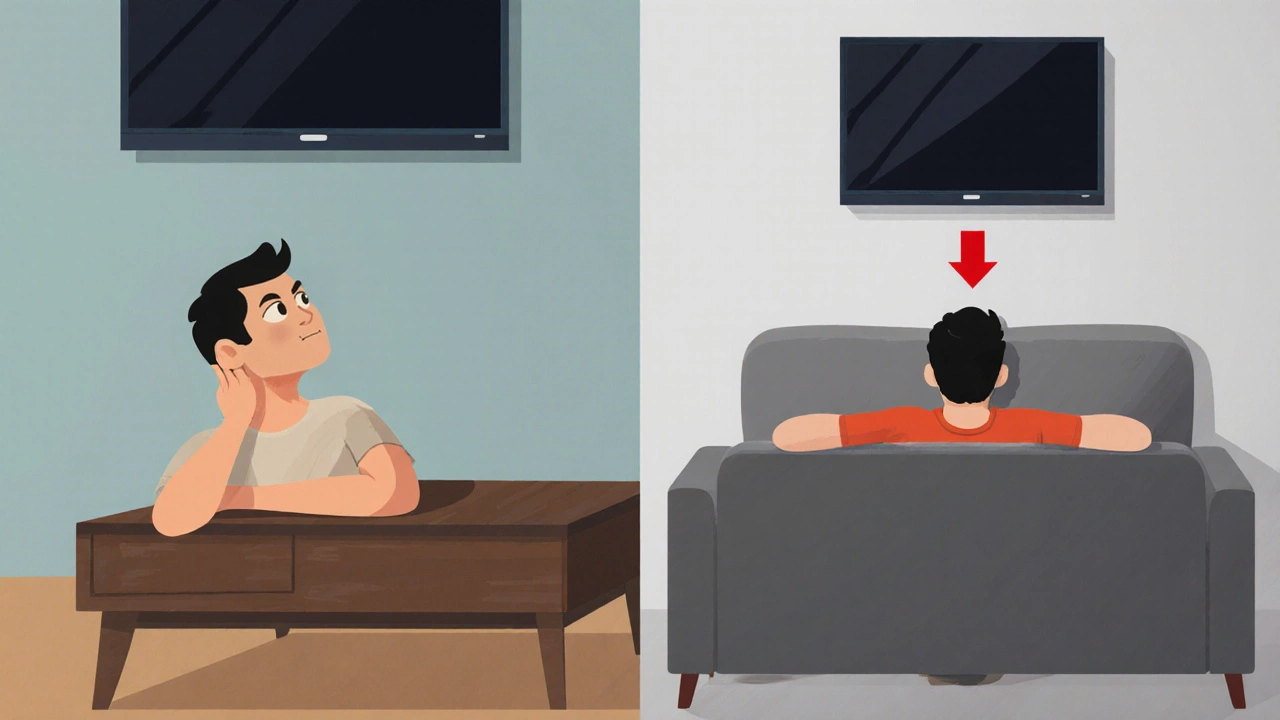
What If Your Coffee Table Is Too Tall or Too Short?
Not all coffee tables are created equal. Some are 14 inches. Others are 20. It doesn’t matter.
The table is just furniture. The TV isn’t meant to sit above it. It’s meant to sit at your eye level. The table’s job is to hold drinks, books, and remotes-not to dictate TV placement.
If your table is extra tall, say 20 inches, and you mount the TV at 26.5 inches, you’ll have just 6.5 inches of space between the table and the TV. That’s fine. You can still reach the remote. You can still place a plant on the table. You’re not blocking the view. You’re just not forcing your neck to bend.
If your table is low, say 14 inches, you’ll have 12.5 inches between table and TV. Still perfect. That gap lets you tuck in a soundbar, hide cables, or even add a small shelf underneath without cluttering the space.
What About Soundbars and Cable Management?
A soundbar changes the math slightly. Most are 3 to 4 inches tall. If you plan to put one under the TV, you need to leave room. Add 4 inches to your mounting height.
So if your eye level is 40 inches and your TV is 27 inches tall, you’d normally mount the bottom at 26.5 inches. But with a soundbar? Mount it at 30.5 inches. That gives you 4 inches of clearance.
Same goes for cables. Don’t let them dangle. Use a cable raceway or drill a hole behind the wall. Tidy wires mean a clean look and less dust buildup.
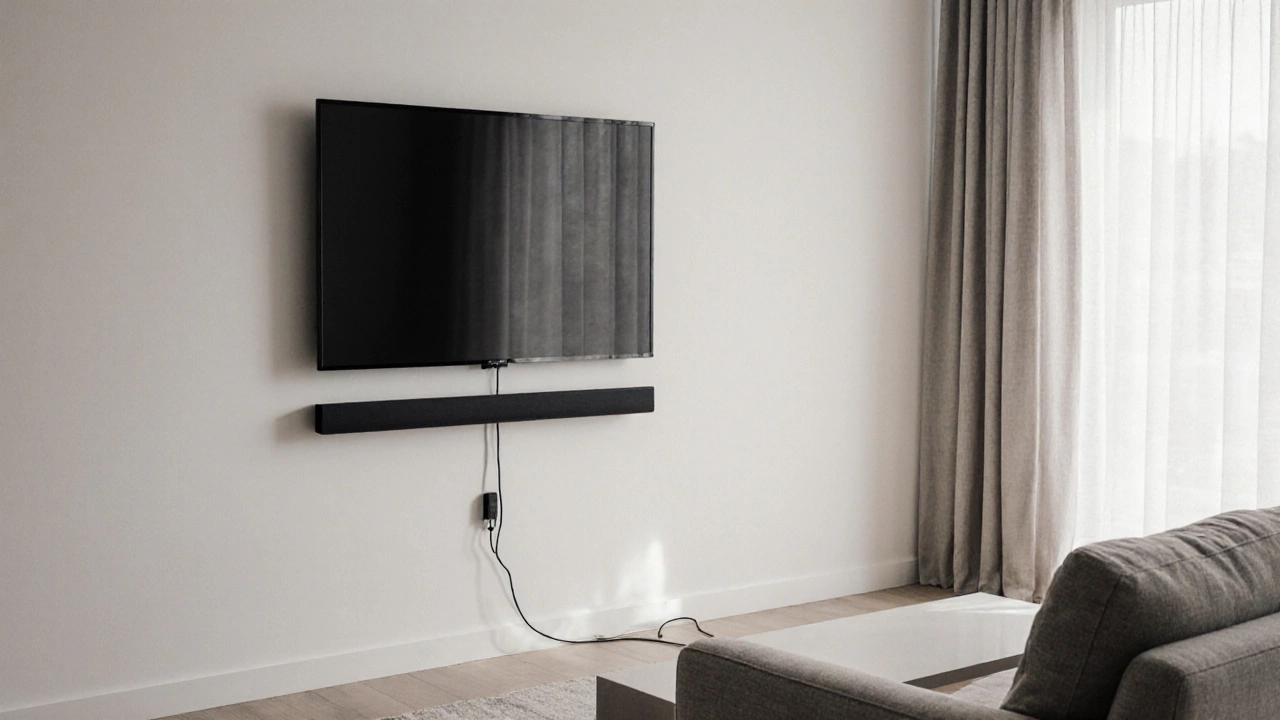
Common Mistakes and How to Avoid Them
Here’s what most people get wrong-and how to fix it:
- Mistake: Mounting the TV so it’s centered over the table. Fix: Center it over your seating position, not the table.
- Mistake: Using a full-motion mount to tilt the TV down. Fix: If you need to tilt, use a low-profile fixed mount. Tilting adds complexity and weakens the wall anchor.
- Mistake: Ignoring the TV’s VESA pattern. Fix: Check your TV’s manual. If the mount doesn’t match the screw holes, it won’t hold.
- Mistake: Mounting on drywall without studs. Fix: Always anchor into studs. Use a stud finder. Two studs minimum for TVs over 50 inches.
And don’t forget: if you’re using a wall mount, make sure the bracket is rated for your TV’s weight. A 65-inch TV can weigh 50 pounds or more. Cheap mounts bend. They crack. They fail.
What If You Can’t Mount It at Eye Level?
Sometimes, you’re stuck. Maybe your wall has a window. Or your studs are in the wrong place. Or your ceiling is sloped. That’s okay.
If you can’t hit 40 inches, aim for no higher than 45 inches. Anything above that and you’re asking for trouble. If you’re forced to go higher, use a tilting mount-but only as a last resort.
Another option: lower your sofa. Swap your current one for a model with a 16-inch seat height. That brings your eye level down to 38 inches. Now your TV can sit lower without sacrificing comfort.
Or, if you have the space, consider a media console. Put the TV on a low stand. That way, you control the height without drilling holes.
Final Rule: Comfort Over Looks
Interior designers love symmetry. They’ll tell you the TV should be centered above the table, flanked by lamps and books. That’s fine-if you never watch TV.
Real comfort doesn’t come from perfect alignment. It comes from not having to lift your head to see the screen. It comes from being able to relax, lean back, and lose yourself in the show.
So next time you’re setting up your TV, forget the table. Forget the decor. Forget what looks good in a magazine. Find your eye level. Measure it. Mount it there. Your neck will thank you.
How high should the bottom of a TV be above a coffee table?
The bottom of the TV should be 8 to 10 inches above the coffee table, assuming your eye level is at 40 inches from the floor. This keeps the center of the screen at eye level when seated. If your table is taller or shorter, adjust accordingly-but never let the TV rise more than 45 inches from the floor.
Can I mount a TV higher if I have a tall sofa?
No. Even with a tall sofa, your eye level doesn’t change much. Most sofas have seat heights between 16 and 19 inches. Your eyes are usually 20 to 24 inches above that. That means your eye level stays between 36 and 43 inches. Mounting the TV higher than 45 inches will still force you to look up uncomfortably. Stick to eye level.
Should I use a tilting mount for a TV above a coffee table?
Only if you have no other choice. Tilting mounts add bulk, require more wall space, and can weaken the mounting point over time. If your TV is mounted too high, fix the height instead of tilting it. Use a fixed, low-profile mount for the cleanest, safest look.
What if my TV is too big for the wall above my table?
Size doesn’t change the rule. A 75-inch TV still needs its center at eye level. The only difference is weight and mounting strength. Make sure your wall mount is rated for the TV’s weight (check the manual). Use two wall studs. And avoid placing it so high that the top of the screen hits the ceiling.
Does room lighting affect where I mount the TV?
Yes. A TV mounted too high catches more glare from windows and overhead lights. Lower mounting reduces reflections and makes it easier to watch without squinting. Position the TV away from direct sunlight. Use blackout curtains if needed. And avoid placing it directly across from bright lamps.
